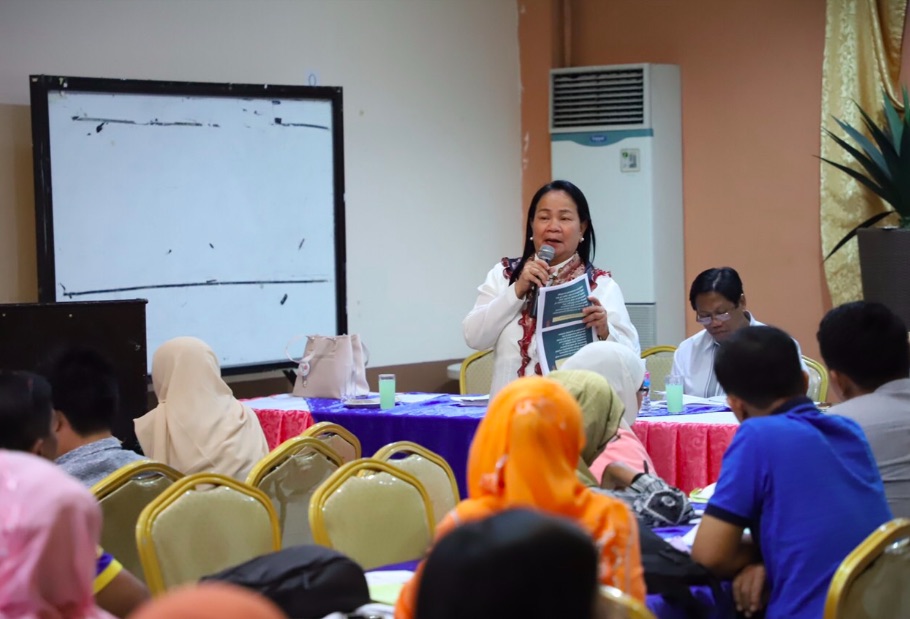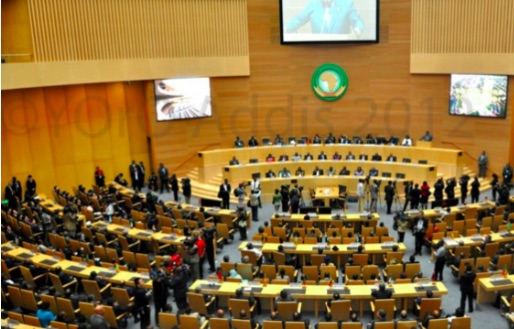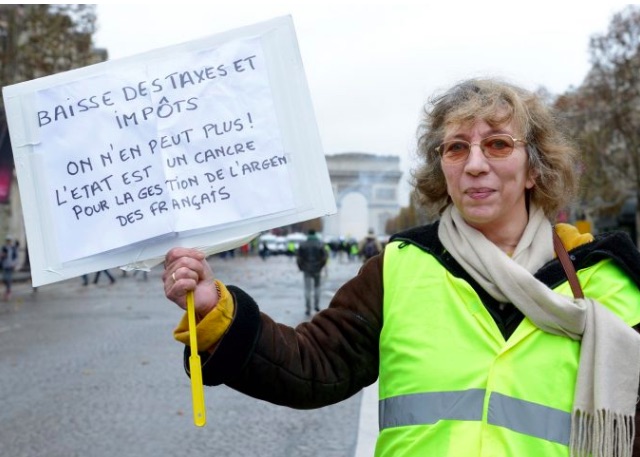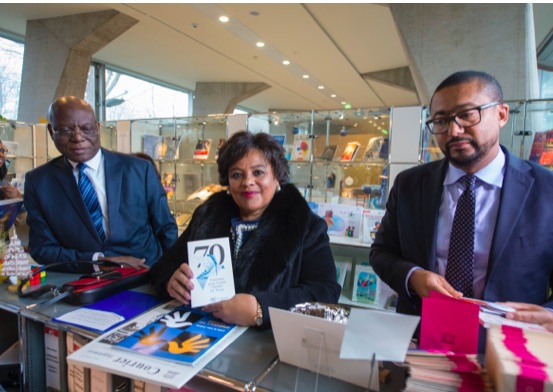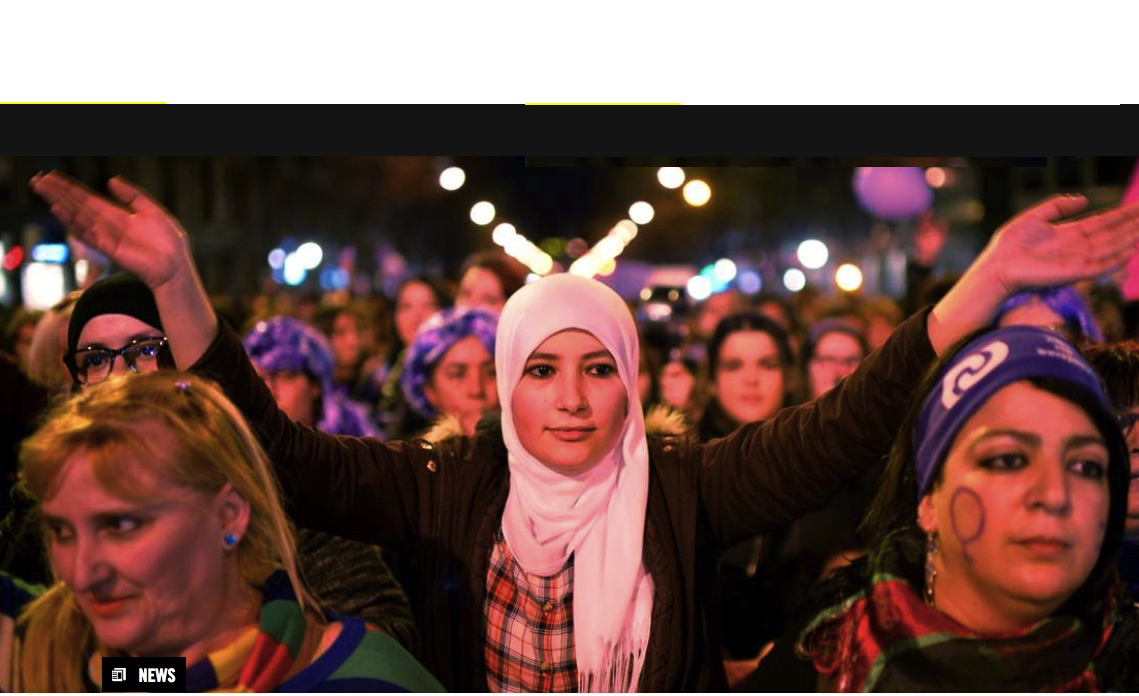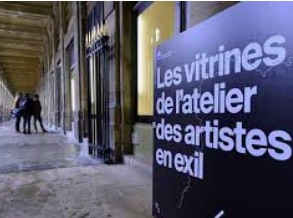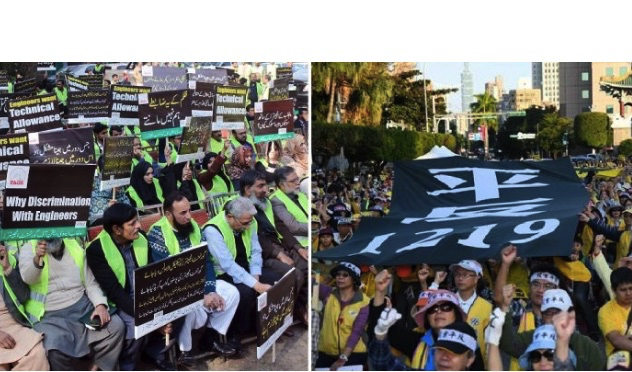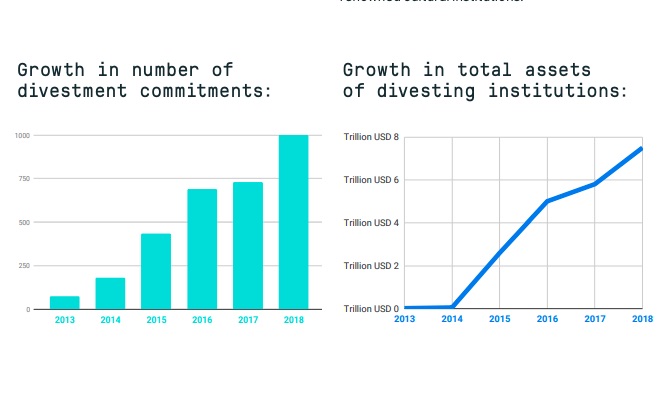TOLERANCE & SOLIDARITY .
An article from the World Council of Churches
Peace education to promote mutual understanding and cooperation between people involving the religious and secular sectors is needed to counter uncertainty fed by radicalization and xenophobia, says a leading human rights advocate.
“Today I would say peace is in jeopardy once again,” said Idriss Jazairy, executive director of the Geneva Centre for Human Rights Advancement and Global Dialogue, a former head of a UN specialized agency and top diplomat for Algeria, speaking in an interview with the World Council of Churches (WCC).
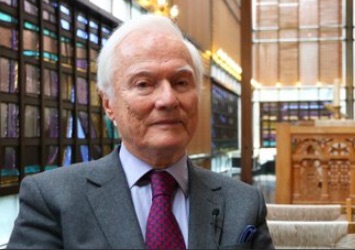
Ambassador Idriss Jazairy, executive director of the Geneva Centre for Human Rights Advancement and Global Dialogue. Photo: Ivars Kupcis/WCC
“We are exposed to a kind of a pincer movement between populism on the one hand and extremism on the other. In those circumstances, we need to see how we can defuse this tension and give the right of way to peace. We have to do this by addressing the problem already at the school level,” he said ahead of the 10 December debate.
The inter-faith bridge-building debate will take place through an interactive dialogue between lay and religious leaders on World Human Rights Day 2018 from 14:00 to 17:00 at the United Nations Office in Geneva in room XXV. WCC general secretary Rev. Dr Olav Fykse Tveit will deliver the opening address after introductory remarks by the moderator Ambassador Jazairy of the Geneva Centre.
The panel will build on previous initiatives taken by the Geneva Centre and its partners on the interface between education and equal citizenship rights. The panel will include leaders of the Christian, Jewish, Muslim and Hindu faiths and other experts on peace education.
‘Ignorance that creates fear of the other’
“It is an attempt to remove in children the veil of ignorance which creates the fear of the Other,” said Jazairy, noting that this approach should not be limited to young people, but also applied to adults.
“It is in this way that we feel we can promote diversity,” he said. “What we want is to teach at the school level that there is a convergence in values between world religions and also with secular leadership.”
(continued in right column)
How can different faiths work together for understanding and harmony?
(continued from left column)
He said that there is too much emphasis for political reasons in the context of populism and xenophobia that is put on the differences between religions and creeds.
“We want to say first that all the main world religions converge to bring out the same space” in which civilized activity should take place.
“And secondly that religions need not and should not be seen as a problem, but as the beginning on an element of the solution which can be found together with secular leadership,” said Jazairy.
The common space should be used, “as a launching pad for a new, a strong, and powerful idea,” that of “equal and inclusive citizenships rights”.
Jazairy stated that secularity used with identity-driven nationalism can lead to “exclusive secularism and to the doom of society and nations”.
“Secularity added to interaction with all stakeholders as emphasized by the UN SDGs (Sustainable Development Goals) particularly item 17.16 of the SDGS, on the contrary, can deliver a notion of diversity in unity which could be celebrated, and which would be the gateway to peace,” he observed.
The list of speakers:
Monsignor Indunil Janakaratne, Undersecretary of the Pontifical Council for Interreligious Dialogue;
Professor Anantanand Rambachan, Professor of Religion at St. Olaf College (US);
* Professor Majeda Omar, Associate Professor of Contemporary Western Philosophy at the University of Jordan, former Director of the Royal Institute for Inter-Faith Studies of Jordan;
* Dr. Debbie Weissman, Former President of the International Council of Christians and Jews. Author of “Memoirs of a Hopeful Pessimist: A Life of Activism through Dialogue”;
* Ms. Maria Lucia Uribe, Director of Arigatou International Geneva – Ethics Education for Children;
* Mr. Renato Opertti, Senior Programme Specialist, IBE-UNESCO;
* Ms. Beris Gwynne, Founder and Managing Director of Incitare. Former Australian diplomat and aid official and NGO Executive;
* Mr. Jan-Willem Bult, Head of Children & Youth Media and Chief Editor of WADADA News for Kids.
(Thank you to the Global Campaign for Peace Education for bring this article to our attention.)
